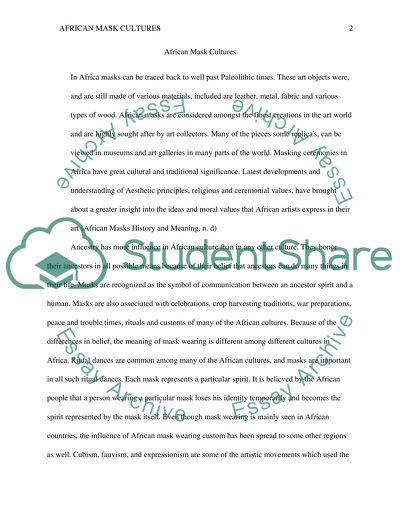Cite this document
(“African mask cultures Research Paper Example | Topics and Well Written Essays - 1500 words”, n.d.)
Retrieved from https://studentshare.org/family-consumer-science/1420815-african-mask-cultures
Retrieved from https://studentshare.org/family-consumer-science/1420815-african-mask-cultures
(African Mask Cultures Research Paper Example | Topics and Well Written Essays - 1500 Words)
https://studentshare.org/family-consumer-science/1420815-african-mask-cultures.
https://studentshare.org/family-consumer-science/1420815-african-mask-cultures.
“African Mask Cultures Research Paper Example | Topics and Well Written Essays - 1500 Words”, n.d. https://studentshare.org/family-consumer-science/1420815-african-mask-cultures.


